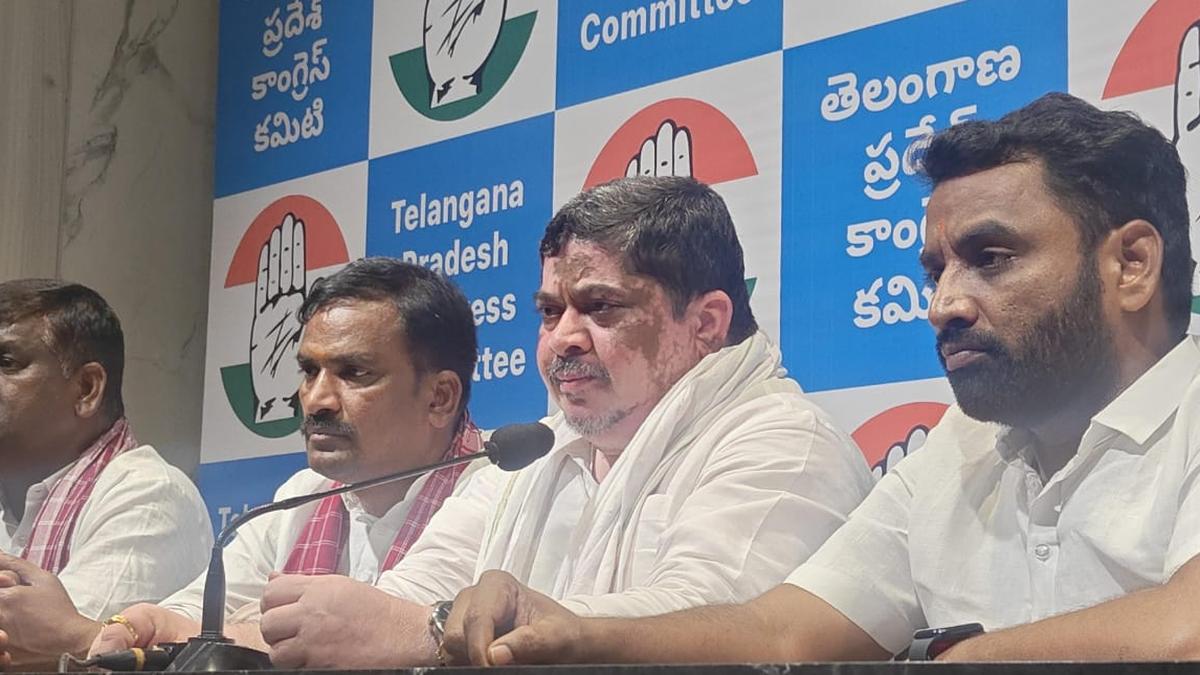The 'Uniform’ of the Indian Soldier, be it of the Armed Forces or the policing services, has been in the news for some time. Political/partisan efforts towards insisting on nativism and shedding the 'colonial past’ are in vogue.
It is part of the larger renaming and reimagining exercise consuming popular passions.
Two Uniforms, Two Different Narratives
However, amongst the various 'Uniforms’, the Armed Forces were typically (not anymore) afforded apolitical 'distance’ and they retained their own unique quirks, ethos, and even proudly antiquated bearing with much pride and elan but with no negative effect on their professional efficacy or valour.
If anything, they remain the last bastion of practiced constitutionality at its finest.
Whereas, the policing services (be it the much-in-news central agencies, State Police, or Central Armed Police Forces) were more attuned, impressed upon, and in line with nativist engagement and political interference. They struggled to maintain the apolitical 'distance’ and the impact on their impartiality, apolitical necessities, and professional bearing is obvious and understandable. No less that the Supreme Court had called these agencies a 'caged parrot’.
While heaps of police reform reports continue to gather dust all of which essentially suggested means of going back to apolitical professionalism, partisan 'distance’, and unbiased anchorage, the essential reality of policing services today continues to digress.
Visible difference in the Armed Forces vs Police 'Uniform’
From the sheer physical bearing of the soldiers, ramrod posture, sharp 'military’ haircut, ironed uniform, and restraint in professional conduct to the spit-and-polish of the elements and medallions – the visible difference in the two personnel i.e., one from the Armed Forces to the other in policing services is glaring.
The Armed Forces combatant pride in his/her uniform and can regale the uninitiated with a proud history, rationality, and the unique privilege in adoring each and every colour, insignia, design, and element of their unique uniforms. They know that the power of behavioural conduct and optical perception matters for the dignity of the individual, regiment, service, and nation at large.
As the former General, Statesman, and the President of the United States of America Dwight D Eisenhower wisely said, “When you put on a uniform, there are certain inhibitions that you accept”.
So, even though the Indian Armed Forces have official religious teachers of various religious denominations and places of worship within its paltans – the secularity, inclusivity, and restrictions of the same in terms of the larger professional manifest is seen to be believed.
Recent Changes in the Culture of Revisionism
Today, an air of nativism has entered the increasingly opening (once restricted) gates of cantonments and garrison townships. From strange news of 'selfie-points’ for civilians, induction of Kautilya’s Arthashastra in the military curriculum, organising seminars on contentious issues like Citizenship Amendment Act (CAA) or National Register of Citizens (NRC), to even allowing kurta-pajamas in naval messes in order to 'Indianise’ customs and thinking is ensuing.
Just what could have been more dignifiedly Indian than the Indian soldier till now?
Only time will tell as to how these experiments will help the sword arm of the nation to retain its bluntness but disavowing and reneging from the past (especially when the performance of the institution has been outstanding as opposed to the laxities of the politicians) runs the risk of lessening the healthy 'distance’ from political/partisan passions that are now raging within the country.
Police Personnel Dress Up As Priests
Amidst this, comes the news of an unprecedented incorporation of religious fervour when the police force of a prominent state donned the priest’s attire and welcomed devotees with religious salutations inside a temple. Both male and female police personnel were given to this 'experiment’ and the ostensible reason given was, "keeping in view the comfort of the devotees and providing a friendly environment in the temple”.
The suggestion that devotees wouldn’t mind getting corrected by a 'priest’ instead of a uniformed police person itself is disconcerting as one wouldn’t want the police personnel to dress up as per any event or location (other than the situational uniforms as warranted by turf and situation).
Reacting sharply, an Opposition leader queried, "According to which 'police manual' is it correct for policemen to be dressed as priests? Those who give such orders should be suspended. If tomorrow any thag (fraudster) takes advantage of this and loots the innocent public, then what will the UP government and administration answer?” While he may have had his own politics towards the concern, but partisanship aside, the question cannot be faulted for its ominous portent.
The implicit logic that people react unpleasantly to seeing police personnel in a crowded situation per se ought to worry the national leadership and the answer cannot be to dress them up as something that they aren’t!
The only time that police may exchange their uniforms whilst on duty could be for tasks of confidentiality – this is not confidentiality, but accommodation/adoption and perhaps even usurping of religious/partisan normalcy.
Rather than 'experimenting’ on the ‘Uniform’ with changes that dilute exclusivity, constitutional restraints, and even traditional elan, the powers-that-be should rather focus and invest in initiatives that build healthy 'distance’ for the Armed Forces for the policing service, as everything else, is sheer politicisation.
(The author is a Former Lt Governor of Andaman & Nicobar Islands and Puducherry. This is an opinion piece and the views expressed above are the author’s own. The Quint neither endorses nor is responsible for the same.)
(At The Quint, we are answerable only to our audience. Play an active role in shaping our journalism by becoming a member. Because the truth is worth it.)

 1 week ago
100
1 week ago
100


